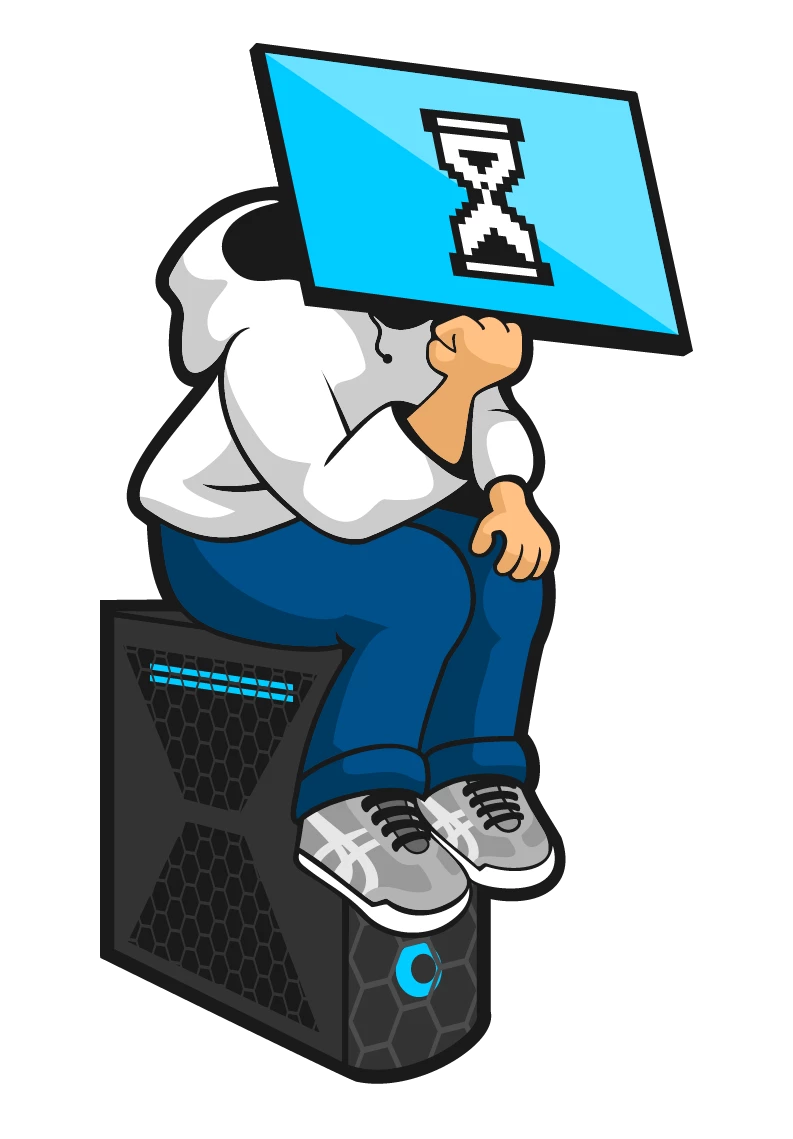Installation
As with most AIOs, the installation of the Iceberg Thermal IceFLOE OASIS 360 is pretty easy. As DIY PC building seems to be getting more popular each and every day, the option of AIO liquid coolers is sure to entice those wanting to have a more advanced build, and easy installation will go a long way towards not scaring off first-time builders. As I mentioned when I covered the included accessories, Iceberg has included all of the necessary mounting hardware for a large list of both Intel and AMD processors, but they have also included a physical installation manual. I have seen quite a few companies move to digital versions of their product manuals, and while I appreciate their reduced waste, I still prefer a physical copy of installation instructions, and was happy to have them for this kit.
Our testing is performed with fans in a push configuration, so to get things started, I first needed to secure the fans to the radiator using the supplied screws.
One thing to keep in mind however, is the orientation of the fans with regards to their power and lighting cables. I mounted the fans to the radiator so that their cabling would be between the fan frames and our motherboard tray. That allowed me to easily route them behind the motherboard tray for easier cable management.
From the factory, the OASIS 360 comes equipped with Intel mounting hardware installed, so the first step in my CPU block installation was to remove the Intel bracket and install the AMD bracket. Thankfully this is an easy task, as the brackets simply slide in and out of place, via small channels in the side of the pump housing. The OASIS 360 uses the standard AMD mounting hardware that comes with the motherboard, so no need to remove the plastic brackets from your CPU socket area.
With the AMD bracket on the pump housing, the next step was to loosely attach the two mounting clips that will latch over the AMD mounting brackets. Leaving these loosely threaded will allow for easy installation.
Next up is attaching the pump housing to the brackets, and simply latching one side and then the next is all it takes to mount this cooler to your CPU socket. With both sides secure, you can simply tighten down the screws.
Next up is attaching the radiator to the top of the case. Just like attaching the fans to the radiator, attaching the radiator to the case is a simple task. Using the twelve included screws, simply align them with the appropriate mounting points on your case, and tighten. There was plenty of tubing length to allow for a good deal flexibility with regards to mounting options, which is always appreciated. That said, the tubes did seem a bit twisted, and while I tried all manners of positioning and adjusting, I couldn’t get them to not look a bit squirrely. I also made sure to thread the fan power and lighting cables through my case’s cable management openings in preparation of wiring everything up.
In order to power the OASIS 360’s pump, I needed to connect the 3-pin power connector to my motherboard’s CPU_Fan header. This will allow me to not only power on the pump, but monitor its speed. I do wish the pump would have been configured with PWM support for precise and dynamic speed adjustments, but that is not the case here. Connecting the three fans to my motherboard’s fan header was no chore, and the 3-to-1 adapter included with the kit let me connect all three fans to a single PWM header on my motherboard.






